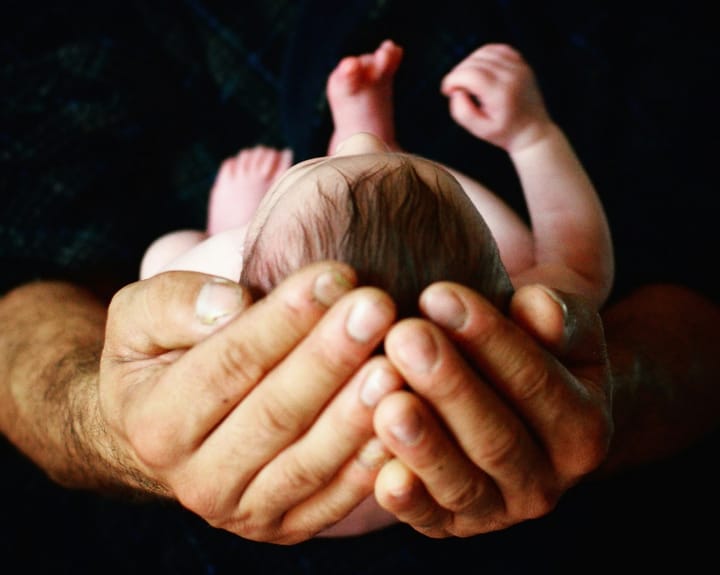How our brains gamble on love: Choosing a partner

When it comes to choosing a romantic partner, we’re playing a high-stakes guessing game.
You quickly know, almost immediately, if you find someone attractive, but figuring out if they’re kind, reliable, or share your sense of humor takes time—and time is limited in the big mating game.
A recent neuroscience study explored how humans navigate this complex decision by modeling mate choice, and then tested the hypothesis on + 1000 participants. Curious about the outcome?
In essence, the brain treats dating a bit like trying to win at a row of slot machines. The big question? Should you keep exploring different machines (here, potential partners), or stick with the one that’s giving you good results?
Dating is a data problem
Human mate choice isn’t as straightforward as swiping right on someone who fits your ideal.
Many desirable traits—like trustworthiness, humor, or emotional stability—unfortunately can’t be judged at a glance. They reveal themselves slowly, and often only in specific situations.
You might know if someone’s funny after a few dates, but you'll likely need months or even years to see how they handle conflict, stress, or your vulnerability.
To complicate things even more, every bit of information you gather about the potential mate is noisy, sometimes literally.
Because people behave differently depending on the setting, and even obvious traits like attractiveness can vary with lighting, clothing, or mood - both your mood and your mate's …
So deciding who to invest time in - to try to make the best possible mating choice - is a classic problem of decision-making under uncertainty.
From a neuroscience perspective, this creates a dilemma. How much time and effort do you spend learning more about one potential mate before deciding whether to commit or move on to explore someone else?
That’s where reinforcement learning comes in, offering a framework for understanding how people might intuitively manage this trade-off between exploring new options and investing in known ones.
The love slot machine: A naughty multi-armed bandit
To better understand this decision process, researchers in this study used a type of algorithm called a "multi-armed bandit model," commonly used in behavioral neuroscience.
Imagine each romantic prospect as a slot machine arm. Some give better payouts (relationships) than others, but you won’t know which until you’ve given each one a few tries.
You also have limited time and tokens (energy, money, emotional capacity), so you can’t pull every machine endlessly.
These models help simulate how people make choices over time in uncertain environments.
The study tested different learning strategies to see which best mimicked how humans navigate romantic decisions. Here are some of the strategies we use.
- One strategy is to mostly stick with what looks best so far, but occasionally try something random (apply that approach to your current date .. not good).
- Another, more nuanced strategy, picks options it knows little about when the potential upside seems worth the risk (just as bad!).
- But the most effective approach was one where the brain treats each potential partner as a "maybe" with a range of possible outcomes. This method helps balance curiosity and commitment by adjusting how much uncertainty you can accept as you keep dating (sounds a bit busy, though).
Testing the model on real couples
Now it gets really interesting. One thing is theory, love strategy, and slot machines. Another is real life. To move beyond simulations, the researchers ran a massive experiment using real-world data.
Over 1,000 people in long-term relationships rated themselves, their partners, and their ideal preferences across traits like affection, intelligence, humor, and physical attractiveness.
Using this data, researchers created simulated "agents" that reflected these characteristics and mimicked human mating behavior.
These agents went through thousands of virtual dating rounds, gradually learning about potential partners in noisy conditions, just like real people would.
As the agents got wiser, based on data from all the couples, they ended up forming couples that closely mirrored actual human pairings.
And dam dam daaaaaam: The best-performing factor in real-life relationships was not (just) how attractive a potential partner seemed, but also whether that person showed interest back.
The key finding was that a combination of exploration (trying new partners) and exploitation (pursuing promising ones) could replicate human relationship decisions better than simpler models.
Human behavior
The final stage of the research tested whether these models could explain how people ended up with their actual partners.
Using a method called “couple simulation”, the researchers tried to re-create existing real-life couples using the algorithms. When agents were allowed to observe each potential partner multiple times, simulating conversations, shared experiences, and longer dating phases, the model re-created actual couples with impressive accuracy.
As the level of uncertainty in mate perception increased (like real-world dating where no one comes with a clear label), simpler strategies collapsed under noisy data. But the models anchored in mutual interest as a factor still reproduced the real relationships fairly accurately.
In short, when it comes to navigating romance under uncertainty, our decision-making looks a lot like principles found in machine learning.
We don’t make perfectly rational choices all the time (which we kind of knew already, being human and all), but our brains may be using a kind of built-in trial-and-error algorithm that helps us balance curiosity about new partners with emotional investment in current ones.
So, how many romantic machines would you try before settling with one? And which ones (you don't get to try them all)? How many pulls on each machine before switching? Switch away from a winning machine just to try something new? And how much time and money do you have to spend at this important casino …
About the paper that inspired:
First Author: Daniel Conroy-Beam, USA
Published: Open Mind, Discoveries in Cognitive Science, August 2024
Link to paper:https://direct.mit.edu/opmi/article/doi/10.1162/opmi_a_00156/124053/Mating-with-Multi-Armed-Bandits-Reinforcement
Pssst - remember to subscribe to our free newsletter!




Comments ()